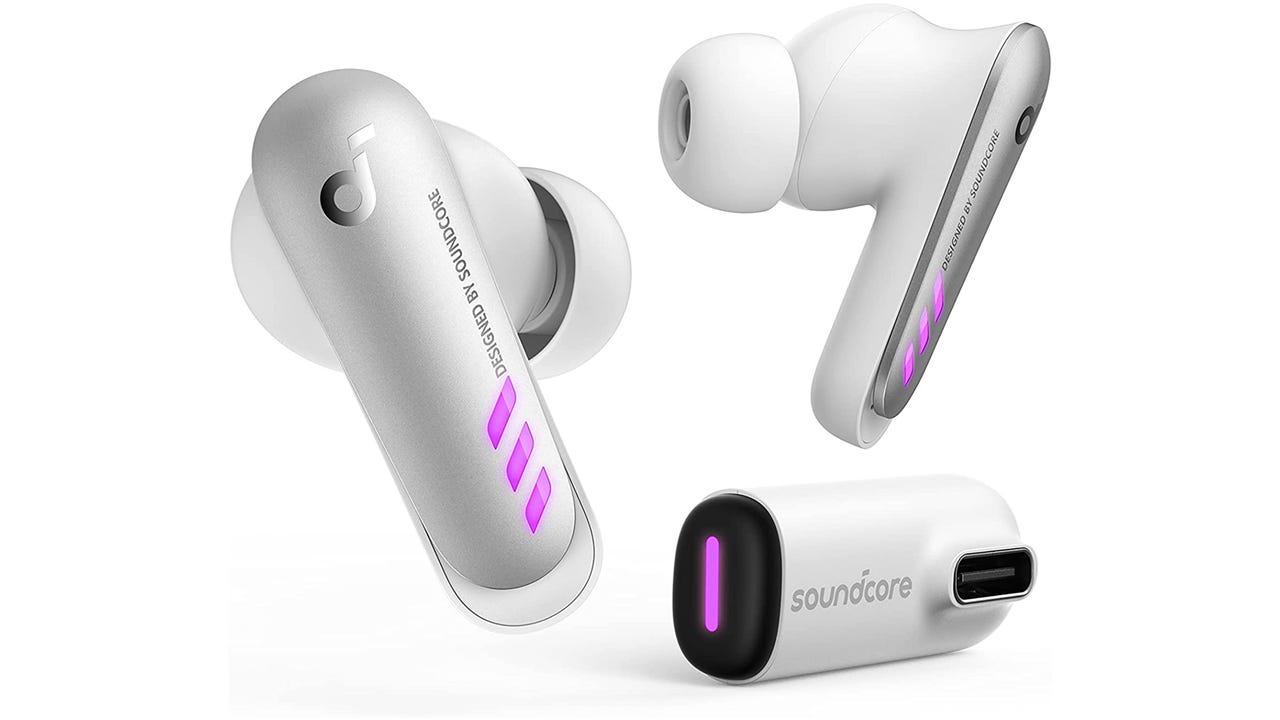'ZDNET Recommends': What exactly does it mean?
ZDNET's recommendations are based on many hours of testing, research, and comparison shopping. We gather data from the best available sources, including vendor and retailer listings as well as other relevant and independent reviews sites. And we pore over customer reviews to find out what matters to real people who already own and use the products and services we’re assessing.
When you click through from our site to a retailer and buy a product or service, we may earn affiliate commissions. This helps support our work, but does not affect what we cover or how, and it does not affect the price you pay. Neither ZDNET nor the author are compensated for these independent reviews. Indeed, we follow strict guidelines that ensure our editorial content is never influenced by advertisers.
ZDNET's editorial team writes on behalf of you, our reader. Our goal is to deliver the most accurate information and the most knowledgeable advice possible in order to help you make smarter buying decisions on tech gear and a wide array of products and services. Our editors thoroughly review and fact-check every article to ensure that our content meets the highest standards. If we have made an error or published misleading information, we will correct or clarify the article. If you see inaccuracies in our content, please report the mistake via this form.
Meet the world's first 'Made for Meta' wireless earbuds


Anker's newly introduced Soundcore VR P10 truly wireless earbuds, available now, aim to be the answer millions of VR gamers have been looking for. Until now, the options for using true wireless earbuds with VR consoles (like the PSVR) and headsets (like Meta's Quest family) have been almost nonexistent.
While some VR hardware does support the Bluetooth connectivity that most true wireless earbuds rely on, the latency that Bluetooth connection adds to the gaming experience would create out-of-sync sound.
You might not hear a nearby explosion until after it had already killed your in-game character, for example.
To prevent this, the VR P10 earbuds support both Bluetooth and a low-latency, 2.4GHz connection via their included dongle. While this hybrid option is rare in earbuds, it has been done before in a few models, like the EPOS GTW 270 earbuds I recently gave very high marks in a review.
As great as those earbuds were, they didn't include one thing that the Anker VR P10 earbuds do that might be the most "Why didn't they think of that?" feature I've seen: a compartment for the dongle in the charging case. This will make it far less likely you'll lose the dongle, and you'll have it to hand when you're plugging in a new headset.
You can see a tiny compartment for storing the included dongle there inside the case lids.
The new earbuds also support the LC3 (Low Complexity Communication Codec) protocol, a wireless communications protocol that can significantly reduce Bluetooth latency across connections that support it, at the cost of some audio fidelity.
Also: Have trouble sleeping? Soundcore's Sleep A10 earbuds will block out distractions
Now, for the most important part of the VR P10's toolkit, Anker has confirmed that the included USB-C dongle will indeed work with the Meta Quest 2 headset's USB-C port. While the company was initially cagey about this fact, it has since confirmed that the truly wireless earbuds have been granted the "Made for Meta" designation by the Quest 2 maker, meaning the audio solution is certified to work with Quest 2 headsets to provide lag-free wireless audio.
Anker clearly hopes you'll be leaving the USB-C dongle in full time. It's added a pass-through USB-C port to let you charge the Quest 2 while it's still in place.
The company also hopes you'll do the same with other VR and non-VR audio sources, and is planning to offer additional wireless dongles for $15 each in late November.
The Soundcore VR P10 earbuds are available now at Amazon, and are expected to come to Best Buy later this year.